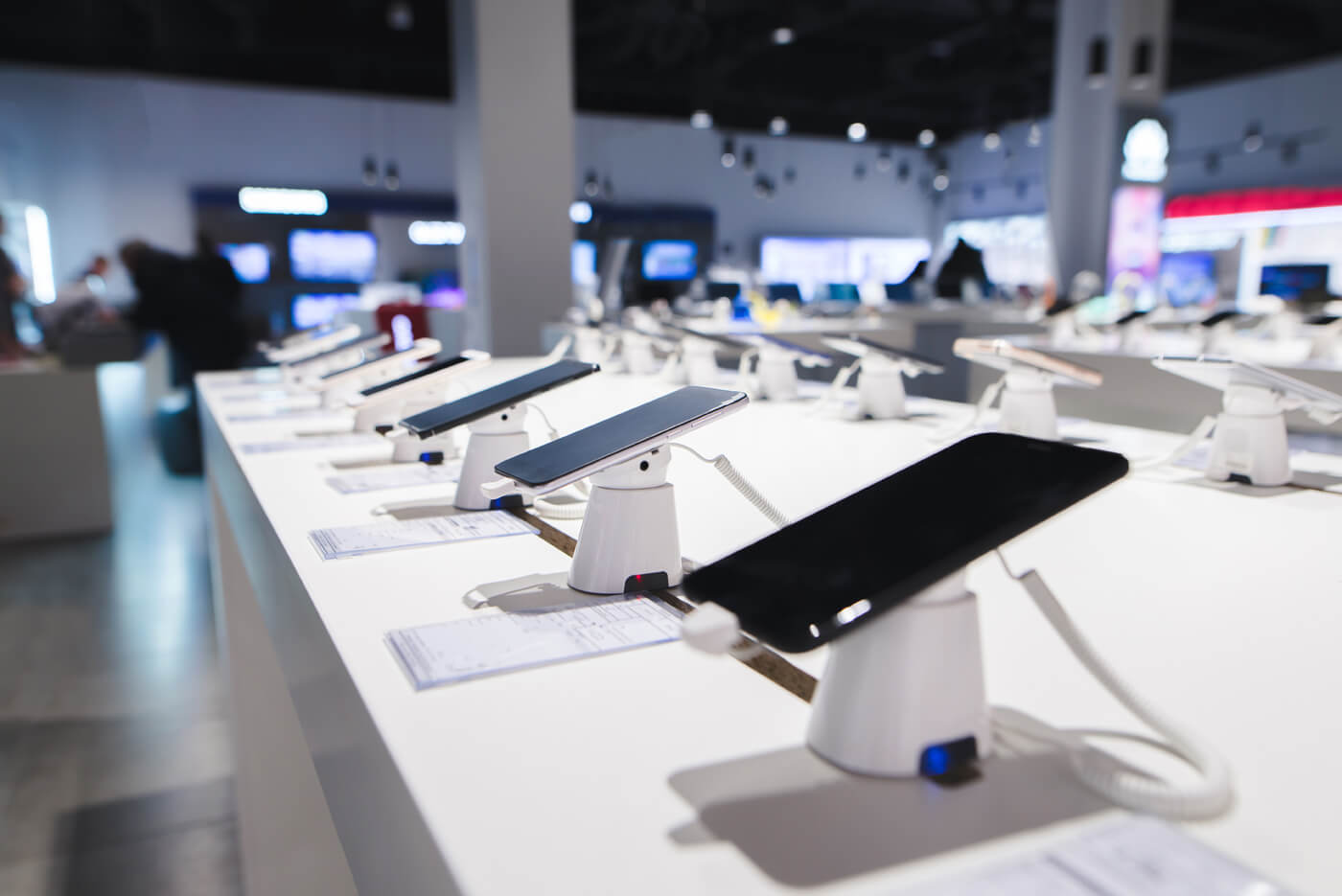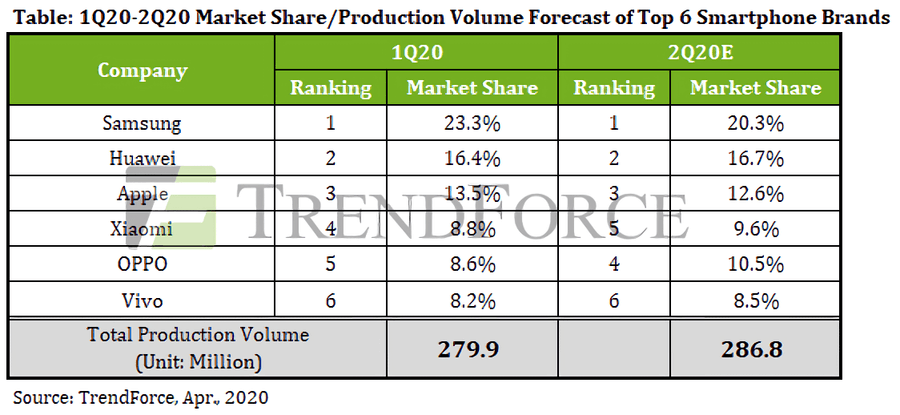Why it matters: Another report has shown just how much of an effect the Covid-19 pandemic has had on the smartphone industry. According to estimates, handset production is expected to fall a record 16.5 percent YoY to 287 million units in the second quarter, after a first-quarter that saw output down 10 percent.
The figures come from TrendForce, which places the blame for the decline on disruption caused by Covid-19. Delayed work resumption combined with labor and material shortages meant just 280 million smartphones were produced in Q1, the lowest in five years.
While China and its manufacturing plants are returning to a level of normality, much of the rest of the world finds itself under lockdown. With shops closed and many people unemployed, on lower wages, or facing the prospect of losing their jobs, smartphone demand has plummeted. As such, global production is predicted to hit 287 million units in Q2. The 16.5 percent yearly drop marks the largest decline in history for a given quarter.
TrendForce forecasts that things will improve slightly across the rest of the year, but total volume will still be at 1.24 billion units, down 11.3 percent compared to the 1.35 billion smartphones produced in 2019.
Looking at individual companies, TrendForce predicts Samsung and Apple will hold their number one and number three positions, respectively, on the leaderboard this quarter, though both are losing market share to Chinese rivals Huawei (2), Xiaomi (4), Oppo (5), and Vivo (6).
Apple has cut the price of its iPhone 11 in China, where stores are now open, and will be hoping the $399 iPhone SE appeals to those on a newly restricted budget. It's thought that iPhone production fell around 9 percent in the first quarter to 37.9 million units.
The report echoes similar findings by Strategy Analytics, which found that smartphone shipments experienced the biggest decline in history in February as supply and demand slumped.

